Updated January 10, 2023
Reading Time: 8 minutes
Sophisticated Link Scheme
Building SEO through inbound links is a valid and very effective marketing strategy. However, many marketers — and their agencies — are looking for shortcuts. The adage “if it looks too good to be true, it probably is” certainly applies in the case of a link scheme. These schemes can be complex, and look like great opportunities when first presented. As a White Hat SEO agency, we’ve followed Google’s quality guidelines for nearly a decade. When we fell prey to a “link opportunity,” we thought we’d turn lemons into lemonade. Here’s our story so you can learn from our mistake.
The Bait
We were approached by another agency doing a “roundup article” gathering quotes from a variety of marketers on the top of content marketing. Since this service is in our wheelhouse, we examined who was writing the article and the publishing domain. The domain was legitimate and had a decent domain authority (more on what this is a bit later). The initial email was not automated; it was carefully crafted to get our attention. Subsequent replies within the email thread played to our ego… looking for industry experts who can share strategies they can share with their audience. In summary, the company seemed reputable and we thought a referring link would be positive feather in our cap. The next step was a live phone interview, where we spoke to a real person from the actual domain. Yet again… all the stars seem to align.
That was the bait. Here’s where the switch came in: the actual publishing domain (let’s call it Website B) was not the original domain (Website A) that approached us. Website B had a similar domain authority to Website A. In essence, we thought the article would appear on a website completely relevant to our digital services and the web marketing industry. That wasn’t the case.
In actuality, the article was published on Website B related to financial services — something we absolutely don’t offer. Never have. Never will.
So what seemed to be an excellent link opportunity on a website related to what we do, with a domain authority that would build our SEO, was all smoke and mirrors. The subsequent inbound link was irrelevant and potentially harmful. Ultimately, we asked for the link on Website B to be removed. By the way, they did remove our link and ended up attributing the quote to another company! To combat the potential damage to our carefully curated SEO, we disavowed the link. FYI – disavowing links is advanced SEO; we recommend this process for those who understand the technical aspects of link building and are comfortable uploading disavow files via Google Search Console.
The Devil’s in the Details
To provide you some additional background, we did some detective work before we responded to the initial link scheme request. Here’s the process we followed:
- Relevance. At first, the requester’s company seemed like a good fit. They provide white-label SEO services. While we don’t outsource our SEO services, their domain was relevant to what we do.
- Authority. Once we established relevancy for the link, we dug into other data: SEO traffic, Backlinks, and Trust Scores using multiple SEO tools.
- Trustworthiness. It seems like the opportunity checked all our boxes. We confirmed the domain was both relevant and trustworthy, a critical element when adding quality links to a website’s profile.
Using MOZ DA to determine Link Trust, Authority, and Value
While no one metric can summarize a domain’s SEO value, Moz’ Domain Authority (DA) is a worthy benchmark. We use DA as an index, a quick way to evaluate if a domain is worthy of further inspection. So when Website A promised a link with a domain authority of 40 (out of a possible score of 100), it was attractive enough to make us want to dig in further. In actuality, the link came from Website B with a similar DA 40 but had zero relevance to our company and industry.
While MOZ DA is used by many SEOs to determine the trust and authority of a domain, it should never be used as the sole factor when evaluating a link from any website. Google does not use an “authority score.” Rather, they use several algorithms that attribute elements related to relevance, trust, and expertise. All of which are essential pieces of Trust Algorithms used by top Resources such as MOZ, AHREFs, Majestic, and SEMRush. While no resource can be 100% accurate in evaluating Trust metrics, it is imperative to look at Trust Scores as they correlate between the tools. This helps to provide the most accurate picture on what has been occurring within a websites backlink profile.
Here is a look at Current & Historical Trust Scores associated with Website B amongst MOZ, SEMRush, AHREFS, & Majestic. You will notice that there has been no changes in the MOZ DA in the last 12 months compared to the other tools.
MOZ DA
SEMRush Authority
AHREFS – Last 12 months
Majestic Trust Flow
Link Profile
Another metric we look at is the total number of backlinks compared to the total number of domains referring those links to the website. If a website has an excessive amount of links coming from very few domains, it can be a sign of intentionally using malicious link schemes, a negative SEO attack and/or hacking.
Diving into the backlinks of a domain will help you to understand the types of links they have within their profile. For instance here the top questions I have in mind when looking at a domain’s Link Profile as a whole entity:
- What is the ratio of the total # of domains linking to company.com vs. the total # of backlinks
- What are the top demographic area of websites linking to the domain?
What is the percentage of No-follow links compared to Follow? - Is there a good ratio of Text to Image Links?
- Who is linking to them? Are these reputable and trustworthy sites?
Are they relevant to your industry and target audience?
HTTPS or HTTP?
Another red flag was that Website B used HTTP not HTTPS. Why? Because… security has ranking value. In 2016 Google announced they modified their process of crawling web pages to give preference to those pages which are more secure and private. HTTPs also sends the right message to users. Nobody feels comfortable on a website with a warning message that it is “not secure”. Lastly, Website B was related to financial services, an industry that is strongly regulated with regard to information privacy. Not using HTTPS was yet another indication it may not be a trustworthy source.
Anchor text
We evaluate the top anchor text for both relevancy and spam signals. It is important to understand the type of keywords being used to link to a website. If a website has too many “keyword stuffed” anchor text (also known as “money” keywords), it can lead to a penalty.
Google specifically states this as a link scheme.
Relevancy
We analyzed the top 100 anchors within AHREFS, MOZ, & Majestic for Website B. We found that the majority were related to Russian finances, politics, automotive and pharmaceuticals. Again, none of these topics are relevant to our brand, our industry, or to our intended audience.
WordCloud from Majestic
Organic Traffic & Keywords
In our experience, if a website can not be found within the top 10 SERP pages for any of their targeted organic keywords, chances are they have an active penalty. Also, if a web page has zero organic and/or paid traffic, what value is a link? When building links for clients, we look for opportunities that not only show authority and trust, those links must also drive relevant referral traffic.
According to AHREFs, SEMRush, MOZ, and SPYfu there is 0 traffic coming to Website B and 0 keywords ranking within the first 10 SERP pages.
Traffic Values:
AHREFs
SEMRush
MOZ

Spyfu
Site Search
Performing a site search within Google using the command site: the results showed a total of 273 pages being indexed. There are more than 500 blogs alone within Website B . Again, this is a sign of an active penalty.
When is a Link Scheme Just a Link?
One of the most important tools in SEO is common sense. Here are just a few questions we asked when evaluating a potential inbound link:
- Exclusivity – How easy is it to obtain a link? If there are no barriers, the link can hurt more than help your SEO.
- Site Design and Usability – does the website scream spam? Is it designed in a professional manner following best practices for users and SERPs alike?
- Contact – Can I reach a human quickly? Is there a phone # listed on the site?
- Social Influence – Is there a Social footprint? Is the company communicating with their audience or just posting content? How many followers do they have? What is their follower to following ratios?
- Reviews – What do others have to say? Is this a company I want to have a relationship with?
A Cautionary Tale
As mentioned earlier, we are White Hat SEO practitioners; we have used these techniques successfully for our clients for nearly a decade. If we fell prey to this link scheme — even after a thorough background check — we wanted to warn other marketers. So what’s our next step? We will have to update our disavow file to include Website B. This will ensure that Google knows we do not want to be associated with this company’s website.
As you can see, the above process was extensive. That’s why legitimate link building services are time-consuming. That’s why real link building services have long-term SEO value. That’s why white hat link building services require in depth technical knowledge.



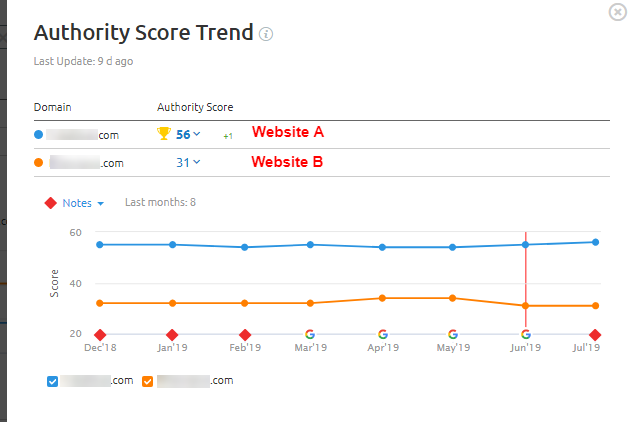
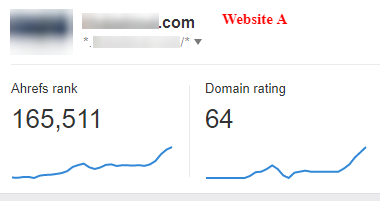
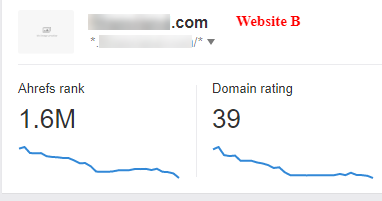

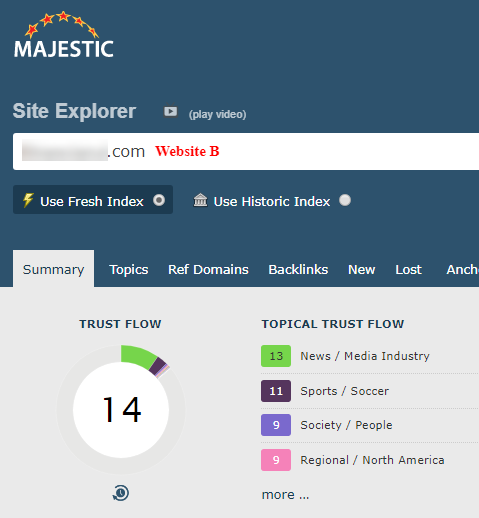






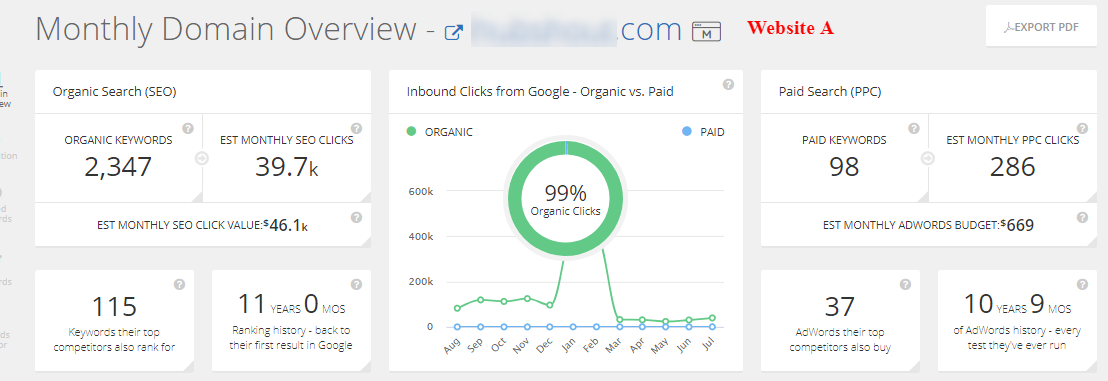
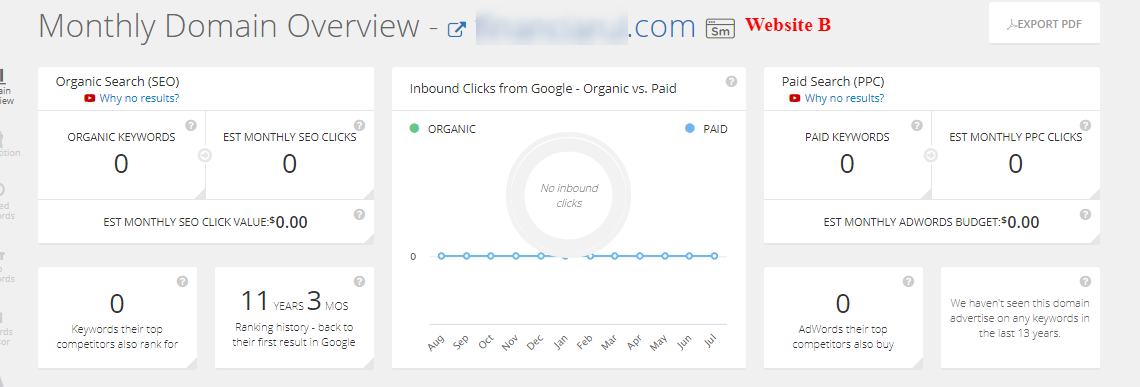
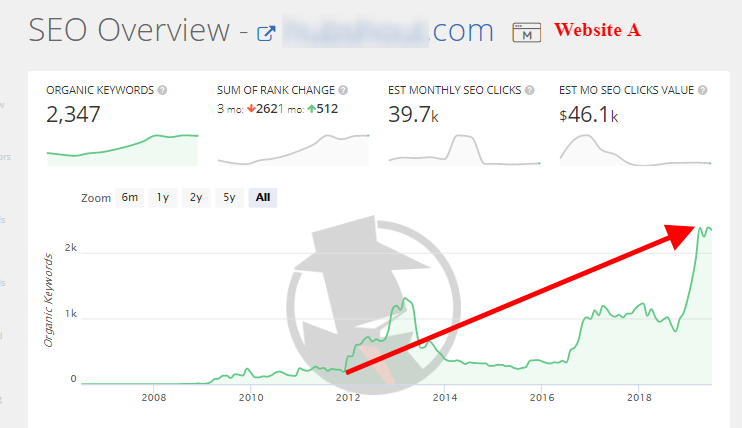
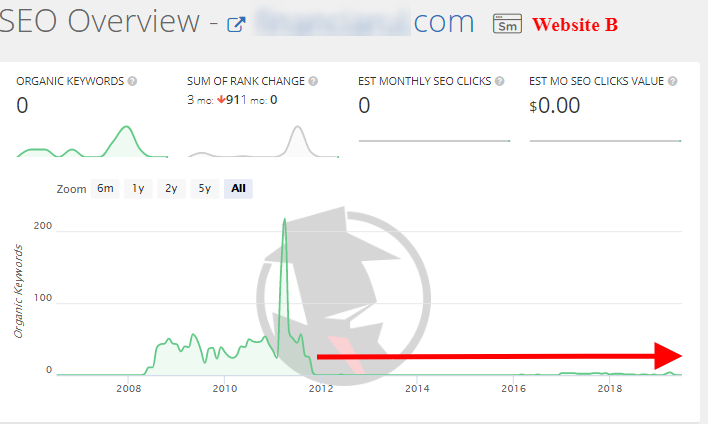

 Recession Proof Your Marketing Budget
Recession Proof Your Marketing Budget